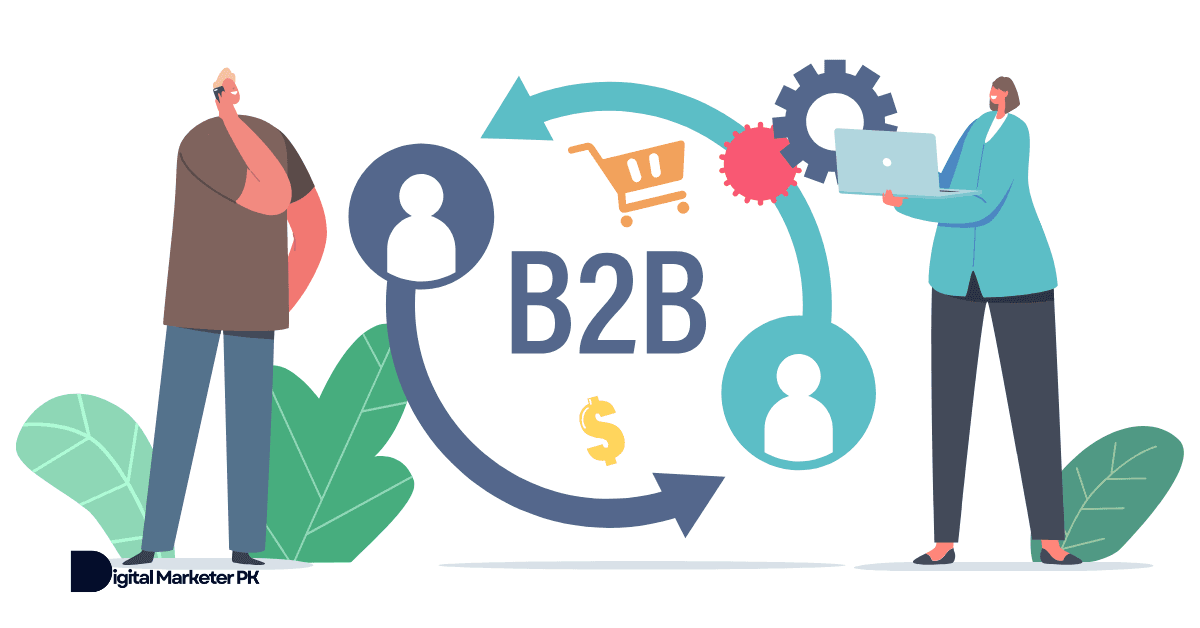Coupon codes and deals are one of the most underused marketing strategies, especially in Asia. More than 80% of the consumers in the US use coupons. In Asia, daily deals work pretty well for businesses but coupons don’t do as well.
It is, however, a proven fact that coupon codes increase sales to a significant extent. Over 31% of the retailers say that a percentage discount is the most effective method to increase sales. EE (formerly Orange) issues more than 300K coupons a week and generates $15 million a year from these coupons.
If coupon codes can do so much for your business, it is time to get serious about offering discounts to your customers.
3 reasons why your business needs coupon codes
1. Increase sales and traffic
As high as 85% of the consumers search for a coupon code or a deal before visiting the store. Your customers are already searching for the coupons, if you don’t offer them with what they are looking for, you are losing costumers and sales.
Coupons just don’t drive people to your online store but a customer with a coupon code is more likely to buy. Having a coupon strategy will give a nice push to the traffic, conversion, sales, and profit.
2. Reduce cart abandonment
Cart abandonment on the store can be reduced significantly if a discount coupon is pitched to the abandoning visitors just at the right moment. Exit intent technology is used to show a popup to the visitors when they are about to leave. The popups are triggered on the ‘intention of leaving’. A popup with a coupon code at this moment will hook the visitors. Offer them with something they cannot resist.
A coupon code works best at this stage to stop a visitor from leaving your website.
3. Brand awareness
There are hundreds of coupon websites out there that have maintained a list of coupon codes. As soon as you start offering coupon codes, you can list your website on these websites which are visited by your potential customers on daily basis. Even if you don’t make enough sales but your business with the coupon code will be seen by hundreds of people. This gives a nice boost to the brand awareness. More people know your business and are more likely to visit your store.
How to run a successful coupon campaign
A successful coupon marketing campaign just doesn’t increase sales but it adds lifetime customers to the sales funnel. It converts buyers into loyal customers.
1. Set clear objectives
Nothing can be achieved without setting goals and realistic objectives. Why your business needs a coupon campaign? What do you want to achieve? Do you wish to increase sales or add more repeat buyers?
A clear, formal, and specific objective of the coupon campaign is something very basic in nature but it lets you monitor, analyze, compare, and duplicate campaigns.
There could be several types of goals of a coupon campaign.
- Increase in sales
- Increase in conversions
- Build an email list
- Push existing customers to buy again
- Brand awareness
- Attract your competitor’s customers
- Reduction in cart abandonment
- Stock clearance
Based on the objectives of the campaign, you need to craft the strategy. For example, a coupon campaign for stock clearance will be run differently than a campaign for brand awareness.
Make sure the goals and objectives of the campaign are communicated to the entire team so as to ensure everyone is on the same page.
2. Create coupons
Creating a new coupon code is, technically, a simple one-minute task but strategically, it can take days. What should be the face value of the coupon, what should be its expiry, how the discount will impact the revenue, calculation of break-even, are some of the basics of creating a coupon.
A coupon code consists of four parts:
- The title: It is the main part of the coupon. It has to be short, sweet, and catchy such as ‘$20 OFF till 31st December’. The idea is to give the readers a reason to proceed and grab the coupon.
- Body: The body contains more details about the coupon such as 10% off when you spend $100 at the online store. Explain in detail about the coupon and what value it delivers. This is the portion where you have to sell the coupon. Make it something irresistible. Create urgency.
- Terms: This is something quite obvious. State the terms and conditions of the coupon. When and where it is valid, who can use it, etc.
- Expiration: Set a realistic expiry date of the coupon and clearly mention it in the body as well as in the terms.
3. Distribute and market
Creating a coupon and sharing it on social networks will not going to help much. Coupons must be distributed and the campaign must be promoted so as to get the word out and drive traffic.
Online coupons: Distribute coupons online via coupon hosting websites. This is the easiest strategies to let your target audience know about the new offer. The four leading coupon websites include Dealspotr, Retailmenot, Coupons, and Groupon. Submit your coupon on these four sites to get free exposure.
Email marketing: Send a quick email to your existing customers and let them know of the new coupon. Make your coupon shareable so that they can share it with their friends.
PPC: Depending on the objectives of the campaign and the budget, you can set up a PPC campaign on AdWords, Facebook or Bing. It is a costly marketing method but if the purpose is to increase sales, it cannot be done without spending money on advertising.
Retargeting: A PPC campaign is potentially useless without a retargeting campaign as only 2% of the customers buy the first time, the remaining 98% need more time. A retargeting campaign will target these remaining potential buyers.
Affiliate marketing: Set up an affiliate program and let the affiliates do the marketing. Not every business model supports affiliate marketing so make sure your business model is flexible and supports it.
4. Analyze and tweak
Monitor the coupon campaign. Analyze it right from day one. See what’s working and what doesn’t. Tweak the campaign and make it better.
Lack of analysis or poor analysis will ruin your entire campaign so make sure analysis is not done for the sake of reporting.
A successful coupon campaign will not double the sales instantly. It has to be run for some good time and consistently to see significant growth in the business.





